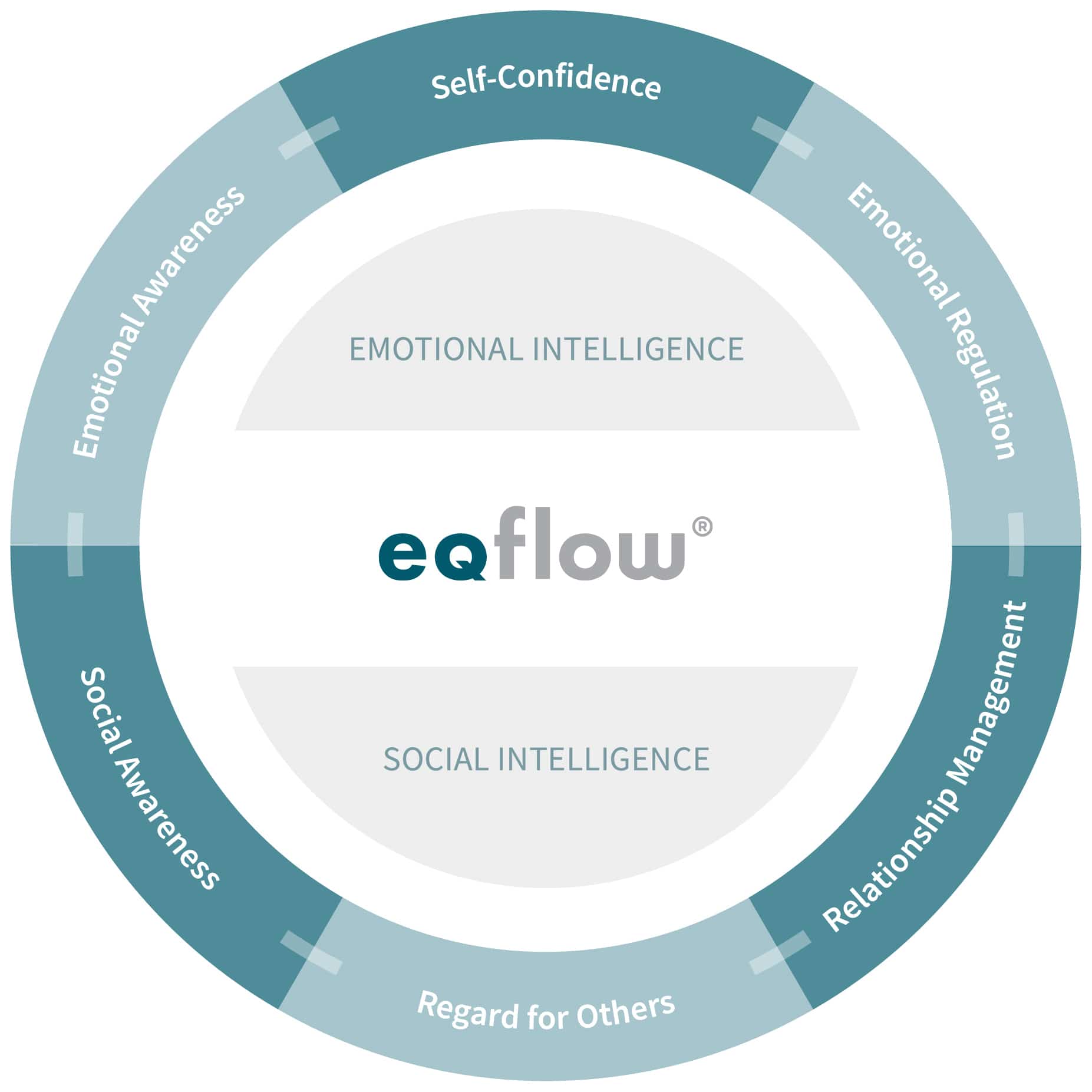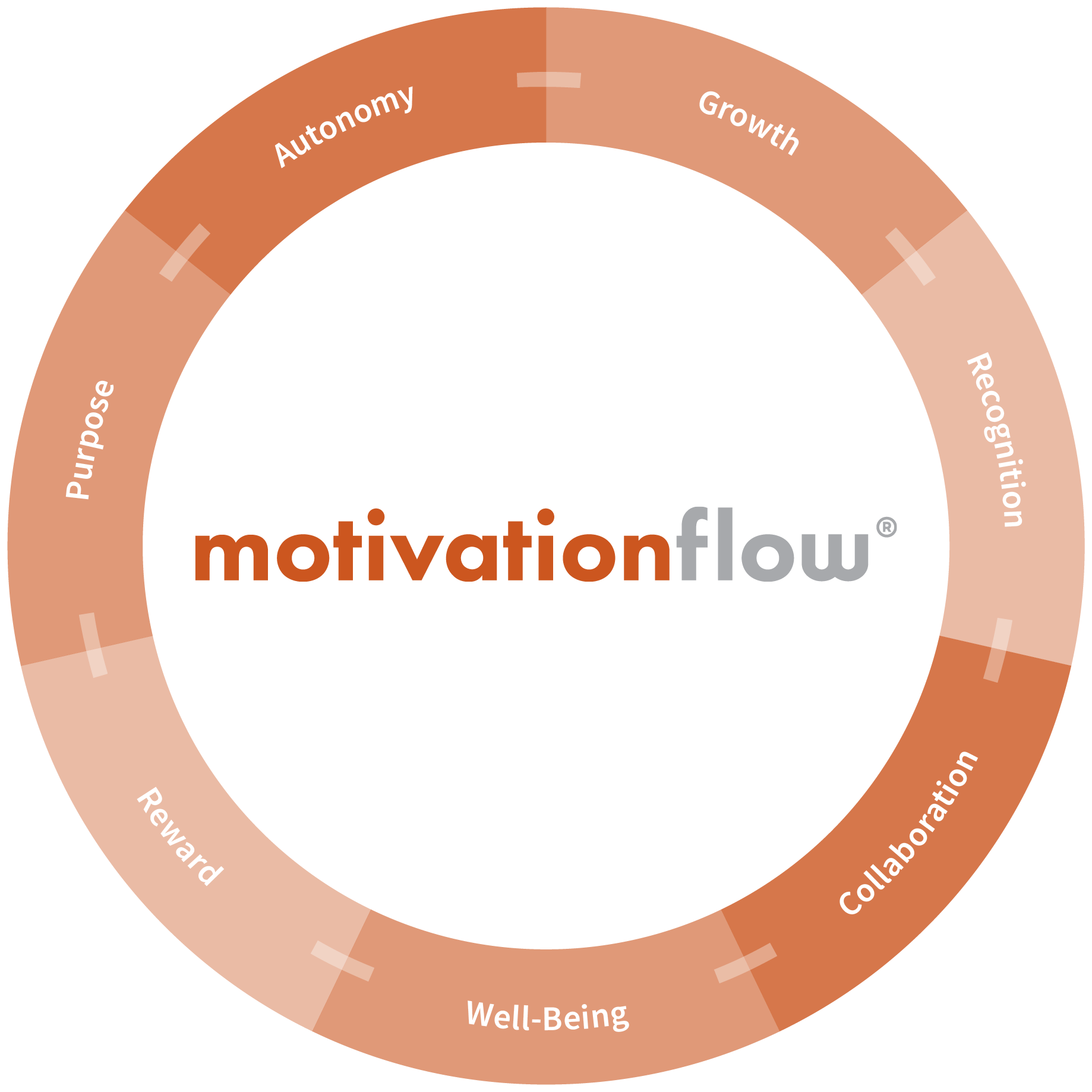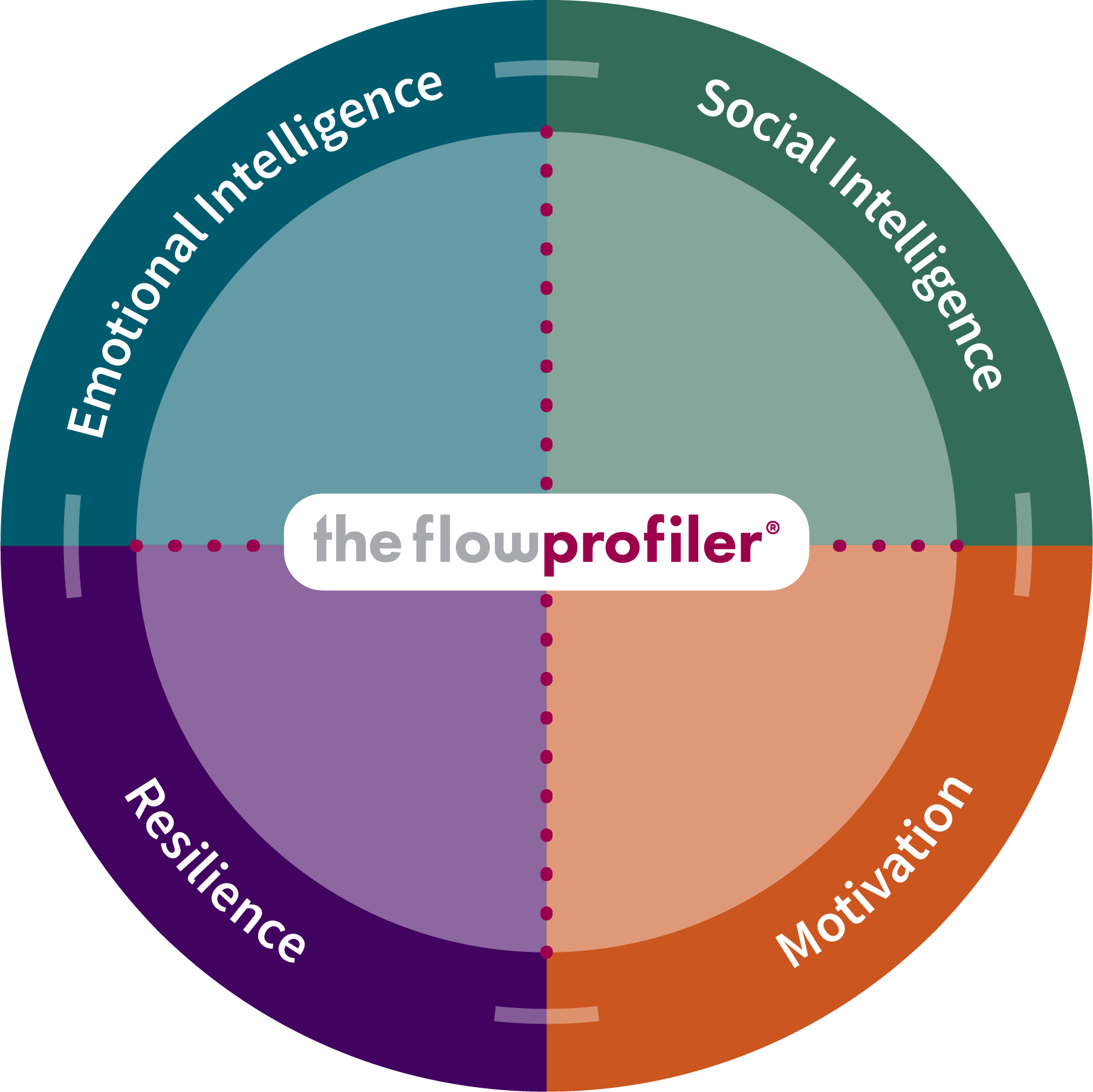power your performance with flowprofiler®
assess | lead | develop | recruit
About
flowprofiler®
flowprofiler® offers clients maximum flexibility in how they use this family of assessments, workshops and coaching material across recruitment, professional development and team effectiveness.
flowprofiler® provides un-paralleled insight into organisational culture, value alignment, leadership, talent acquisition and retention.
flowprofiler® drives performance
flowprofiler® supports success. People perform better at work when they are resilient, motivated and emotionally aware.
Learn how your organisation can use these power skills through assessments, training, facilitation and coaching.
Everyone can find their personal and professional flow. Help your people to activate their personal excellence today!
flowprofiler® is unique because:
flowprofiler® is the only assessment that integrates these three critical workplace factors, providing a comprehensive understanding of a person’s potential for success in leadership and teams.
Reliability score of 0.82 (Cronbach Alpha) and integrity measures (social desirability, self-deception, and completion metrics) ensure the accuracy and integrity of the results, making flowprofiler® a scientifically robust tool.
flowprofiler® measures behaviours as skills, intelligences and abilities that can be developed. We provide users with the awareness and tools to adapt, improve, and build accountability over time, particularly in EQ, resilience, and motivation.
Measures behaviour both day-to-day and under pressure, offering actionable insights into how individuals adapt to stress and high-pressure environments.
Offers four specialised assessments (flowprofiler®, eqflow®, motivationflow®, resilienceflow®) tailored to specific business needs, providing unmatched flexibility.
Provides a multi-faceted view of an leader’s performance and impact through feedback from peers, managers, and direct reports, enhancing leadership development programmes.
Ensures that insights from the assessments are translated into actionable development plans, making it a tool for both assessment and continuous learning.
Can be used across multiple stages of the talent management process, offering maximum return on investment by reducing the need for multiple tools.
There are four assessments in the family:
flowprofiler® empowers us to be the best and slightly stretched version of ourselves.
It inspires us to find balance and equips us to adapt to demands in a healthy way.
Everyone can find their personal and professional flow.


flow is positive: it’s aspirational
and a better way to live

❝The results showed that I was managing at a day-to-day level, but I was pushing so hard when things got tough. This insight enabled me to make changes in my behaviour.❞
Aiden Nuttall, Head of Growth, Australia





